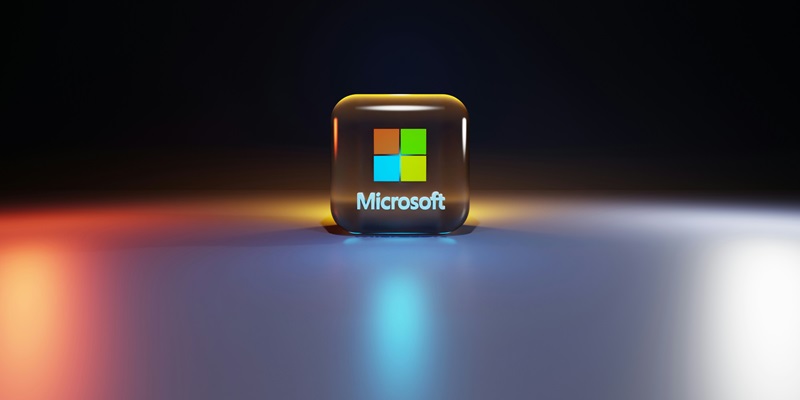Microsoft has announced a significant milestone in the evolution of its AI assistant, Copilot, by integrating ‘vision’ capabilities, enabling the AI to interact with users by browsing and interpreting the web pages they visit on the Edge browser. This development is currently in a preview phase, with a select group of Pro subscribers in the United States gaining early access through the Copilot Labs program. This feature marks a remarkable advancement in Microsoft’s AI offerings, coming on the heels of its initial announcement in October 2023. The ‘vision’ capabilities enable Copilot to read, analyze, and assist with the contents of web pages, covering both text and images, thus aiding users in decision-making processes. For instance, when researching for an academic paper, users can invoke Copilot to read through a website, evaluate its content, and determine its relevance as a reference, thereby simplifying intricate tasks such as web research and online shopping.
Enhancing User Productivity
The primary aim of Copilot Vision is to streamline web interactions, acting as a secondary set of eyes for the user. This new capability ensures that the user’s workflows become more efficient, cutting down the time spent on browsing and analyzing web content. While the utility of this feature is far-reaching, the implications are profound, considering that the AI will be privy to the user’s browsing habits. Nonetheless, Microsoft has assured users that all shared context and information will be deleted once the Vision session ends. Additionally, the company emphasized that no website data will be stored or used for training the underlying AI models, thus prioritizing copyright, privacy, and user safety.
Furthermore, the current preview phase is limited in scope, available only to select websites and user groups. However, based on feedback from early users, Microsoft intends to refine the capability and gradually extend its availability to more Pro users and additional sites. This phased approach not only ensures the gradual improvement of Copilot Vision but also reflects Microsoft’s cautious stance in deploying such advanced features. Future expansions might even see these vision capabilities integrated into other Microsoft products like OneDrive and Excel, although no official confirmation has been provided yet.
Competitive Landscape and Industry Trends
The timing of this preview aligns with competitive movements in the agentic AI space. For instance, Salesforce has introduced AgentForce across its Customer 360 products, aiming to automate workflows in sales, marketing, and service domains. Similarly, Anthropic has launched ‘Computer Use,’ which integrates Claude to perform tasks traditionally managed by human workers. These moves highlight an industry-wide trend towards enhancing AI capabilities to interact with and navigate digital environments autonomously.
The overarching trend indicates a push toward more capable and autonomous AI agents, capable of seeing, reasoning, and taking actions across various applications and services. This trend underscores the growing importance of AI in assisting enterprise operations, improving efficiency, and easing decision-making processes.
Microsoft’s Strategic Approach
Microsoft’s thoughtful strategy emphasizes user feedback, privacy, and a gradual rollout, demonstrating a dedication to responsibly developing its AI capabilities. This careful approach guarantees that AI’s advantages can be utilized while upholding privacy policies and intellectual property rights. As the technology advances, it aims to reshape user interactions with web content, making the experience more user-friendly and efficient. Given the fast-paced nature of the industry, Copilot Vision’s success could establish new standards for AI assistants, altering digital interaction and support norms. This deliberate approach highlights Microsoft’s commitment to innovation that respects user trust and data security. By incorporating user input and safeguarding privacy, Microsoft seeks to lead by example, setting industry benchmarks while adapting AI to better meet user needs. This balance of innovation and responsibility is essential as AI continues to evolve, potentially influencing the future of digital tools and user assistance profoundly.

